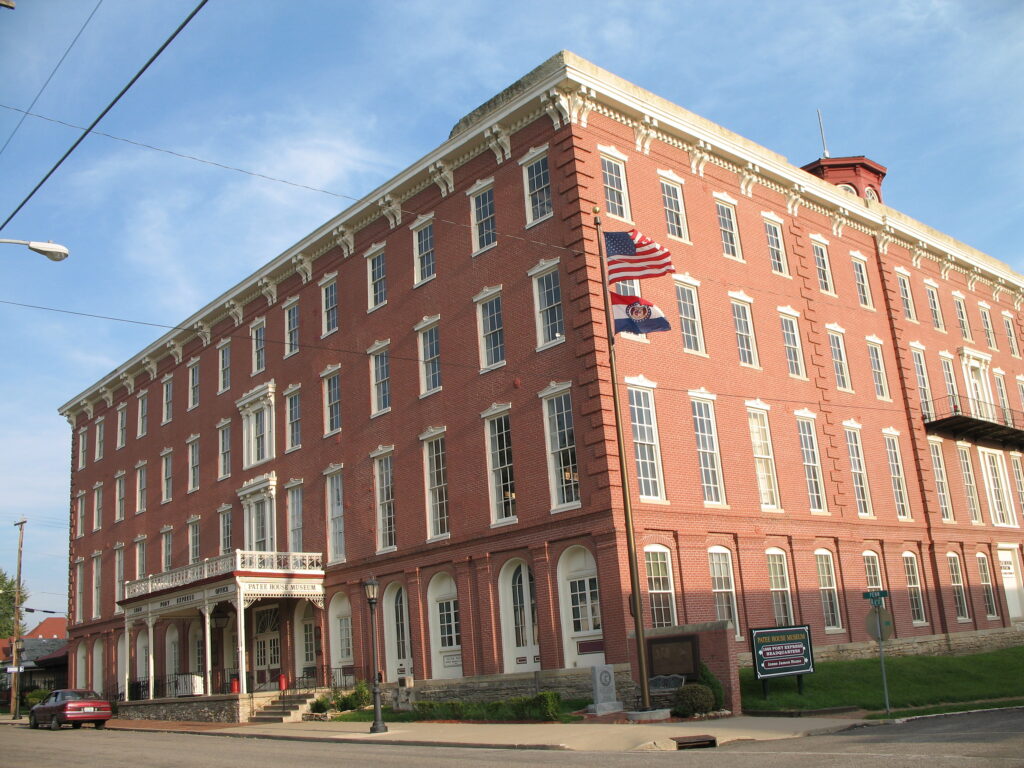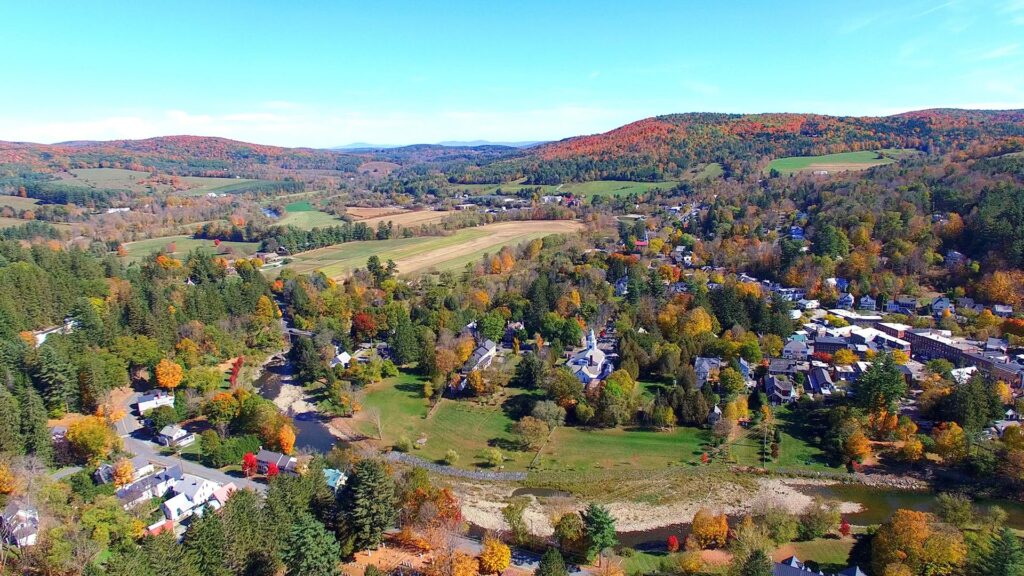1. Times Square, New York City
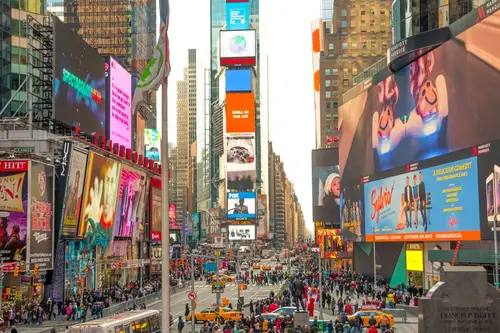
No local in Manhattan dreams of hanging out in Times Square on a Saturday night. The flashing billboards, Elmo impersonators, and packed sidewalks make it feel more like an obstacle course than a hangout. Yet somehow, it’s become the heartbeat of the city’s tourism industry. Locals may roll their eyes, but they’ll admit it wouldn’t be New York without the chaos and constant glow.
When the holidays hit, even New Yorkers sneak a peek at the giant tree lighting or watch the New Year’s Eve ball drop—just from the comfort of a TV. Times Square’s over-the-top energy reflects the city’s relentless hustle and spectacle. The businesses there may be chains, but they fuel the economy year-round. So while locals might never step foot inside the M&M’s Store, they know Times Square keeps NYC’s lights on—literally.
2. Fisherman’s Wharf, San Francisco
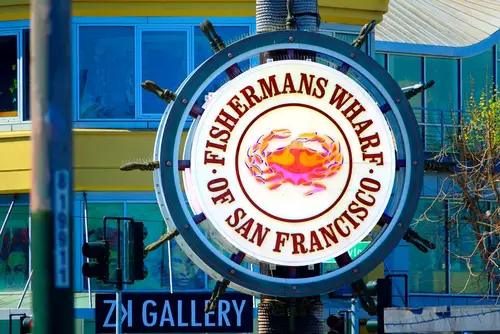
Ask any San Franciscan where to find the best seafood, and they’ll send you anywhere but Fisherman’s Wharf. It’s tourist central—stuffed with souvenir shops, overpriced chowder bowls, and a suspicious number of sea lion plushies. Yet, the real sea lions basking on Pier 39 are a local treasure. Even lifelong Bay Area residents admit there’s something oddly comforting about them barking in the background.
The wharf’s old-school charm lies in its contradictions. It’s kitschy, sure, but it’s also a living snapshot of San Francisco’s maritime past. Locals might never pay $15 for a bread bowl, but they’ll defend the Wharf’s right to exist. After all, it’s a gateway for visitors—and a reminder of what once made the city a bustling port.
3. The Hollywood Walk of Fame, Los Angeles
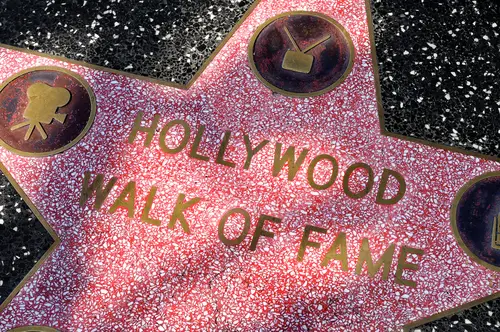
Angelenos don’t stroll the Walk of Fame unless they’re guiding out-of-town relatives or cutting through traffic on foot. The sidewalks are crowded, the stars need constant scrubbing, and most of the names are unfamiliar even to movie buffs. But without it, Hollywood would lose its claim to being the epicenter of entertainment dreams. It’s kitsch that’s part of the city’s DNA.
Locals secretly enjoy knowing it’s there, even if they never stop to look down. Every now and then, a big unveiling draws crowds that even jaded residents peek at online. The Walk keeps Hollywood’s mystique alive for millions of visitors every year. And in a city built on image, that’s something locals can quietly respect.
4. Mall of America, Bloomington, Minnesota
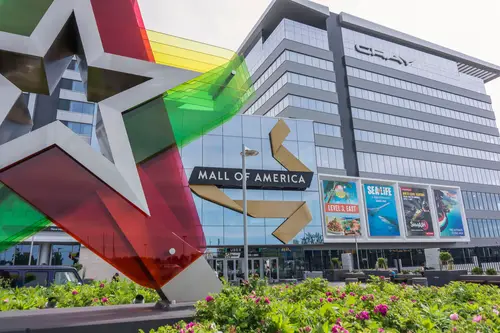
Minnesotans like to tease the Mall of America for being an overblown shrine to capitalism. It’s a mega-mall with roller coasters, an aquarium, and more than 500 stores—hardly “local.” Still, when the weather turns brutal, everyone ends up there sooner or later. It’s climate-controlled survival disguised as shopping.
Families go for the rides, teenagers hang out for hours, and adults secretly appreciate having everything under one roof. It may not reflect the quiet Midwestern lifestyle, but it’s a shared cultural anchor. The mall’s economic pull also funds countless local jobs and events. Like it or not, it’s Minnesota’s most dependable indoor escape.
5. Niagara Falls, New York
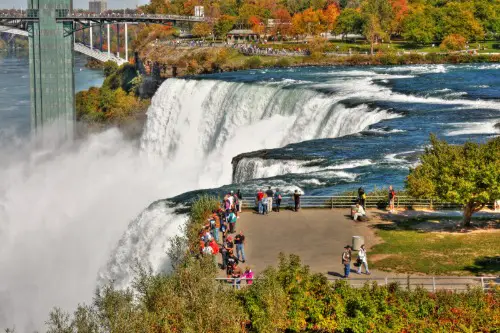
New Yorkers from upstate sometimes scoff at the crowds gathering with selfie sticks by the falls. It’s loud, drenched in souvenir stands, and crawling with tour buses. But the natural spectacle is too magnificent to ignore. Even locals who’ve seen it a hundred times still feel a rush standing near that thunderous mist.
Beyond the postcards, Niagara is a source of hydroelectric power and regional pride. The surrounding parklands and hiking trails are beloved by nearby residents. Sure, the wax museums are cheesy—but they keep small businesses alive. And without the tourists, the local economy would take a serious hit.
6. South of the Border, Dillon, South Carolina
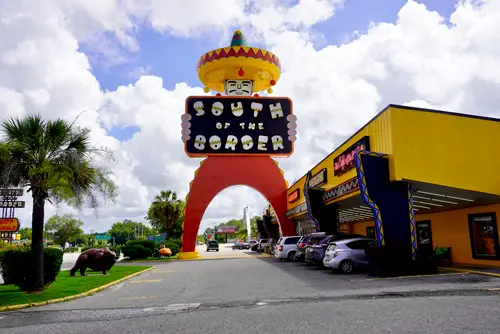
Anyone driving I-95 through the Carolinas knows “Pedro” long before they see him. The massive sombrero sign and roadside billboards advertise South of the Border for miles. It’s part rest stop, part theme park, part fever dream. Locals roll their eyes at its outdated humor—but it’s been a roadside icon since the 1950s.
Generations of travelers have stopped there for gas, fireworks, and pure nostalgia. It may not reflect modern South Carolina, but it’s deeply woven into the region’s roadside culture. The place thrives on irony now, embraced as a kitschy landmark rather than a serious attraction. Even locals admit it’s a fun piece of Americana that refuses to fade.
7. Mount Rushmore, South Dakota
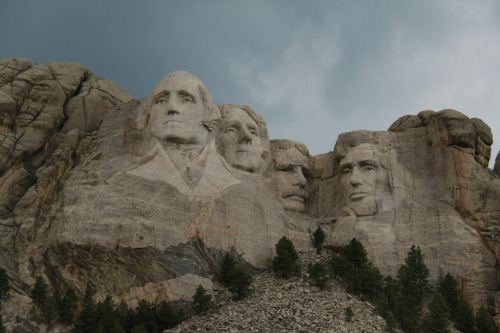
Residents of the Black Hills have mixed feelings about Mount Rushmore. It’s a symbol of national pride to some, and a reminder of land taken from Indigenous tribes to others. Yet there’s no denying its economic impact. The monument brings in over two million visitors annually, keeping nearby towns alive.
Locals often avoid the crowds during peak season, but they recognize its importance. Rushmore’s presence funds schools, restaurants, and countless small businesses. It’s also sparked deeper conversations about history and heritage in the state. In a strange way, it’s both a blessing and a burden that defines South Dakota.
8. The Strip, Las Vegas
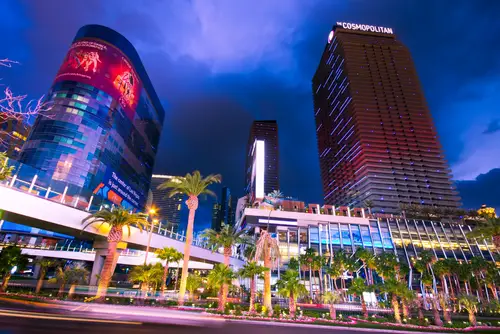
Ask any Las Vegas resident where they go on weekends, and it’s probably not the Strip. The traffic, tourists, and nonstop noise wear thin fast. But without it, Vegas wouldn’t exist as it does today. The Strip funds nearly every public service the city relies on.
Locals appreciate it from a distance—especially when friends come to town and remind them how dazzling it really is. Behind the scenes, many residents also work on the Strip, from hospitality to entertainment. So while they may gripe about parking and crowds, they depend on its glitter. It’s the city’s lifeblood, for better or worse.
9. Bourbon Street, New Orleans

New Orleanians prefer quieter corners of the French Quarter, but Bourbon Street is the loud, beating heart outsiders come for. It’s overflowing with neon signs, daiquiri stands, and live music pouring from every doorway. Locals see it as both a spectacle and a stereotype. But it’s also the magnet that funds their real neighborhoods.
During Mardi Gras, even residents can’t resist dipping into the madness for a few hours. The street’s mix of joy and chaos captures the spirit of New Orleans itself. It’s messy, musical, and impossible to ignore. And though locals may avoid it most of the year, they wouldn’t dream of erasing it.
10. Wall Drug, South Dakota
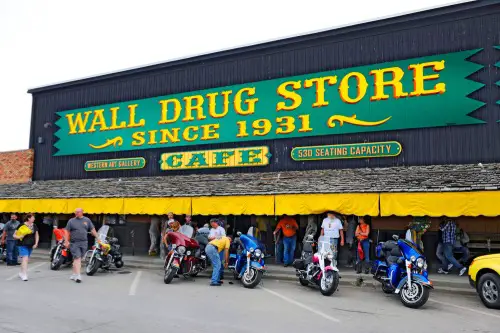
Wall Drug started as a humble roadside store offering free ice water in the 1930s. Today, it’s a sprawling maze of Western kitsch, dinosaur statues, and souvenir shops. Locals joke it’s more of a state of mind than a destination. Yet it draws over two million visitors a year to a tiny town that might otherwise disappear.
For people in the region, Wall Drug is an economic lifeline. The restaurant employs dozens, and the tourist traffic keeps nearby communities afloat. Even if it’s corny, it celebrates a uniquely South Dakotan sense of humor and perseverance. The locals might not shop there weekly, but they’re proud it put Wall on the map.
11. Pike Place Market, Seattle
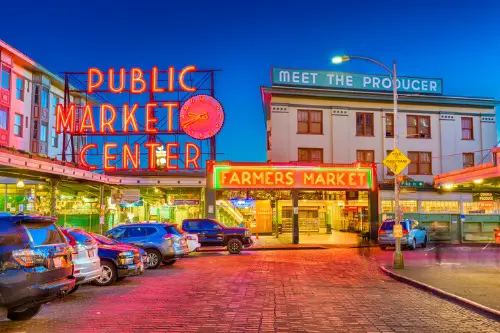
Seattleites sometimes grumble about dodging crowds and flying fish. The market’s packed with tourists wielding cameras and umbrella souvenirs. But the truth is, locals shop there too—just early in the morning before the rush. The seafood, flowers, and local artisans are genuinely top-tier.
It’s more than a market; it’s a community hub with real history. Many of the vendors are second- or third-generation locals. The place symbolizes Seattle’s blend of commerce and creativity. Even when it feels overrun, residents know it’s a treasure worth sharing.
12. The Alamo, San Antonio
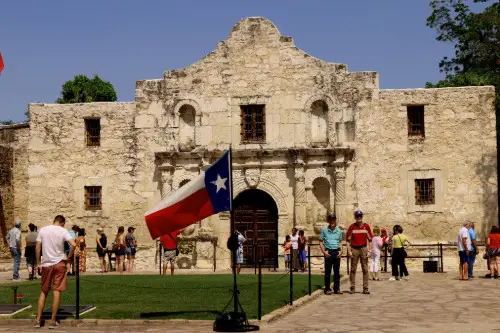
Texans have mixed feelings about The Alamo. It’s iconic and historically significant, but it’s also over-commercialized with tourist shops and reenactments nearby. Locals joke they only visit when they have company in town. Still, the Alamo remains a source of deep pride and identity.
It anchors San Antonio’s downtown and attracts millions every year. Beyond the photo ops, it sparks real conversations about Texas history and independence. For locals, that sense of heritage outweighs the kitsch. They might not love the crowds, but they love what it represents.
13. Key West’s Southernmost Point, Florida
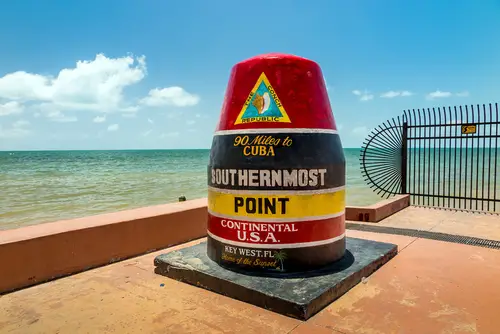
If you’ve ever seen the line of people waiting to take a photo by the big concrete buoy, you know this spot’s appeal. Locals breeze past it daily, shaking their heads at the queue. It’s just a marker, not even truly the southernmost point—but it feels like the end of the road. That emotional pull makes it irresistible to travelers.
Residents, meanwhile, appreciate the quirky charm it brings. It’s part of the island’s colorful character, along with roosters, bars, and pastel houses. Without the buoy, Key West would lose a piece of its playful identity. It’s proof that sometimes, even a concrete prop can capture the soul of a place.
This post 13 Tourist Traps That Locals Never Wanted—But Couldn’t Live Without was first published on American Charm.

